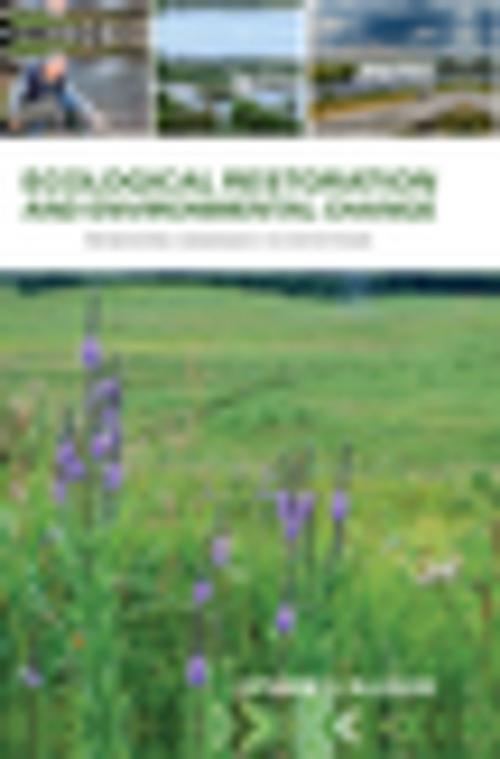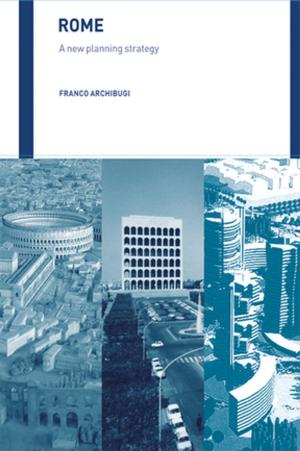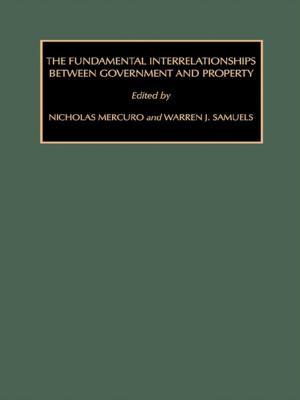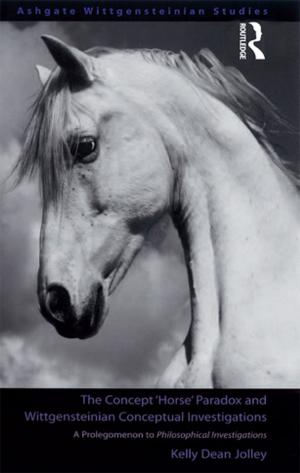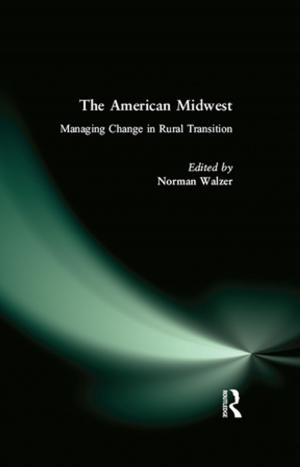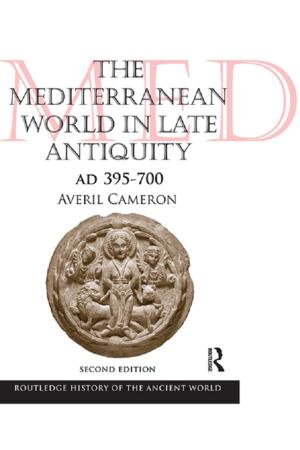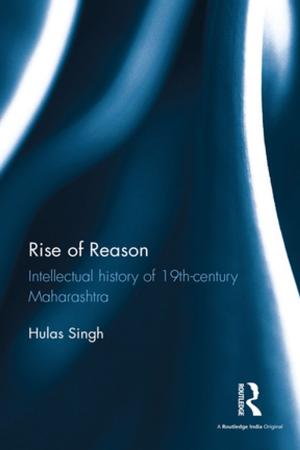Ecological Restoration and Environmental Change
Renewing Damaged Ecosystems
Nonfiction, Science & Nature, Nature, Environment, Ecology| Author: | Stuart K. Allison | ISBN: | 9781136466359 |
| Publisher: | Taylor and Francis | Publication: | July 26, 2012 |
| Imprint: | Routledge | Language: | English |
| Author: | Stuart K. Allison |
| ISBN: | 9781136466359 |
| Publisher: | Taylor and Francis |
| Publication: | July 26, 2012 |
| Imprint: | Routledge |
| Language: | English |
What is a natural habitat? Who can define what is natural when species and ecosystems constantly change over time, with or without human intervention? When a polluted river or degraded landscape is restored from its damaged state, what is the appropriate outcome? With climate change now threatening greater disruption to the stability of ecosystems, how should restoration ecologists respond?
Ecological Restoration and Environmental Change addresses and challenges some of these issues which question the core values of the science and practice of restoration ecology. It analyzes the paradox arising from the desire to produce ecological restorations that fit within an historical ecological context, produce positive environmental benefits and also result in landscapes with social meaning. Traditionally restorationists often felt that by producing restorations that matched historic ecosystems they were following nature's plans and human agency played only a small part in restoration. But the author shows that in reality the process of restoration has always been defined by human choices. He examines the development of restoration practice, especially in North America, Europe and Australia, in order to describe different models of restoration with respect to balancing ecological benefit and cultural value. He develops ways to balance more actively these differing areas of concern while planning restorations.
The book debates in detail how coming global climate change and the development of novel ecosystems will force us to ask new questions about what we mean by good ecological restoration. When the environment is constantly shifting, restoration to maintain biodiversity, local species, and ecosystem functions becomes even more challenging. It is likely that in the future ecological restoration will become a never-ending, continuously evolving process.
What is a natural habitat? Who can define what is natural when species and ecosystems constantly change over time, with or without human intervention? When a polluted river or degraded landscape is restored from its damaged state, what is the appropriate outcome? With climate change now threatening greater disruption to the stability of ecosystems, how should restoration ecologists respond?
Ecological Restoration and Environmental Change addresses and challenges some of these issues which question the core values of the science and practice of restoration ecology. It analyzes the paradox arising from the desire to produce ecological restorations that fit within an historical ecological context, produce positive environmental benefits and also result in landscapes with social meaning. Traditionally restorationists often felt that by producing restorations that matched historic ecosystems they were following nature's plans and human agency played only a small part in restoration. But the author shows that in reality the process of restoration has always been defined by human choices. He examines the development of restoration practice, especially in North America, Europe and Australia, in order to describe different models of restoration with respect to balancing ecological benefit and cultural value. He develops ways to balance more actively these differing areas of concern while planning restorations.
The book debates in detail how coming global climate change and the development of novel ecosystems will force us to ask new questions about what we mean by good ecological restoration. When the environment is constantly shifting, restoration to maintain biodiversity, local species, and ecosystem functions becomes even more challenging. It is likely that in the future ecological restoration will become a never-ending, continuously evolving process.
